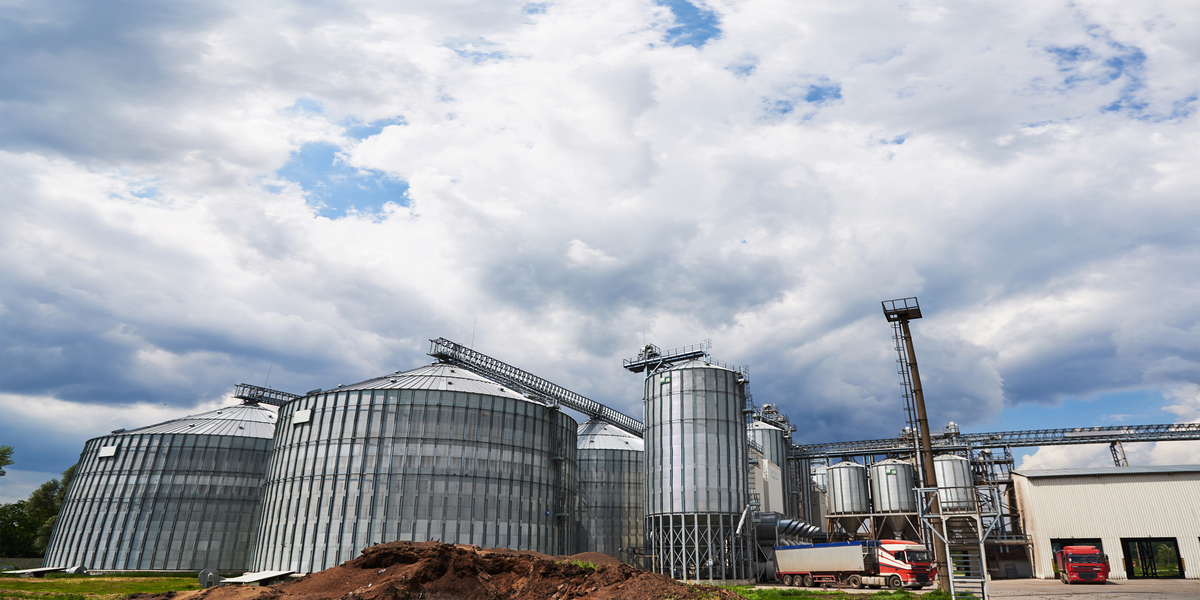Introduction
In recent years, the electric vehicle (EV) sales has been heralded as the future of transportation. Thus promising a transition to sustainability and reduced reliance on fossil fuels. Electric cars were expected to be inevitable. Two years ago, U.S. President Joe Biden made a move to promote his plan to achieve 50% electric car sales by 2030 by driving a powerful white electric Hummer.
Then, the next year, Congress passed the Inflation Reduction Act. This created more incentives for drivers to buy electric cars. Also, this make automakers invest more in EV plants, battery plants, mining plants, etc.
As 2022 rolled around, the outlook looked promising: more and more Americans were switching to electric cars. Thus paving the way for a future of EV driving, and, consequently, reduced emissions. But in the midst of the growing interest, there was a surprising phenomenon: a sudden drop in electric car sales. This unexpected slowdown has caused industry experts and enthusiasts to raise questions. They require the reasons for this change and what it could mean for the future of the electric vehicle market.
Understanding the Hype:
Electric vehicles have made great strides in the automotive industry for a variety of reasons. It includes concerns about climate change and government incentives. Similarly, advances in battery technology and growing awareness of the environmental impact of conventional combustion engines also contributed to increased sales in electric cars. But despite these positive signs, the market faces an unexpected setback.
Unraveling the Slowdown:
Instead of perceiving EVs as merely a component of a comprehensive strategy for achieving more sustainable transportation. The United States has predominantly emphasised their role as a direct substitute for gas-guzzling vehicles. However, this uniform approach must tackle our broader transportation challenges. Thus resulting in the potential failure to meet emissions targets and the persistence of other unattended transportation issues.
Range Anxiety:
One of the most common myths about electric cars is their limited driving range. The reality is that advances in battery technology have greatly expanded the range of electric vehicles. One of the most common sources of anxiety surrounding EVs is; how far they can travel without running out of battery. This is known as their ‘range’. The term ‘range anxiety’ was coined to describe this concern. Also, it’s considered one of the major psychological barriers preventing many people from getting an EV. Simply, range anxiety is the fear that an electric vehicle will not have enough battery charge to reach its destination. Thus leaving its occupants stranded. This anxiety is particularly prominent when considering long-distance travel. Along stretches of road where EV charging points might be few and far between.
Disruptions in the supply chain:
The global economy is struggling with the supply chain, and the electric car market is no exception. Shortages of critical materials, especially semiconductors, have impacted the manufacturing of cables. This leads to delays in electric car sales and reduced vehicle availability. These shortages impede flexibility and easy transition to electric vehicles.
Affordability Concerns:
Although electric car sales are increased in recent years, there are still concerns about upfront costs. While the overall cost of ownership may decrease in the long run,. This is mainly due to lower maintenance and fuel costs, higher buying prices often deter potential buyers. Batteries make electric vehicles possible. It is the biggest and most significant component of an EV. Batteries are expensive. Thus, EVs are expensive. In 2023, the price of an average EV in the USA was $50,683, down 22% from last year, however, it was still 28% higher than gas car prices. While over the last decade, the average total cost of an EV battery has dropped by 80%, they’re still expensive.
Charging Infrastructure Challenges:
The growth of electric vehicles is intriguingly linked to the development of a robust charging system. Despite the tremendous progress in this area, many communities still need help installing a comprehensive charging station. In communities where there are charging stations, the services provided are not up to mark. Therefore they cannot be compared to services of a traditional gas station. EV drivers say they’re dissatisfied with the amount of time it takes to charge their vehicles and with reliability. Majority of users say they own a charger but did not use it for various reasons. Their reasons include mainly the long lines and broken equipment. The fear that the battery will run out of charge before it reaches the charging station is a major concern that is a deterrent to potential EV buyers.
Despite all the public charging resources, most EV charging still happens at home, presenting a challenge to those who live in shared housing or apartments and those who have to park on the street.
Navigating the Future:
Electric vehicle adoption in the U.S. remains relatively low, and for a good reason — many of the biggest remaining problems are considered deal breakers by buyers and will need to be fully remedied before EVs become the default option for most people. The trouble is, solutions for these problems are not always straightforward, taking years of work and potentially billions of dollars to fix, and that’s if they can be fixed at all.
Grid Capacity:
Changing to EVs means millions of people will rely on the electric grid in new ways, and grid capacity will need to increase to avoid strain. Experts vary on how much additional power we’ll need, but the U.S. Department of Energy has predicted a 38 percent increase in electricity consumption by 2050, primarily due to EVs.
The Energy Institute at the University of Texas assessed the electrical demand needed if each state converted all personal cars, trucks, and SUVs to plug-in EVs, with the majority of the states in the USA not having the capacity to meet increased demand with existing infrastructure.
Banking on Coal and Gas Power Stations:
The biggest reason for the push towards electric cars is that they are, in theory, a cleaner form of transport than gas-powered cars. Electric vehicles produce no emissions at the tailpipe, but to look at them in isolation is to miss the bigger picture.
According to the U.S. Energy Information Administration, natural gas was the biggest source of electricity generation in 2022, at around 40%, while coal-fired power stations produced around 18% of electricity. Nuclear power was the second biggest source, and while it doesn’t produce emissions in the same way, nuclear waste has its own negative environmental impacts.
Renewable energy only made up about 22% of electricity generation, meaning that the majority of electricity powering EVs was still generated through the use of non-renewable resources. Until more renewables are in place, EVs will continue to run indirectly on gas and coal power.
Lacks Proper way of Battery Disposal:
EVs are now selling in larger numbers than ever, which means that, in 10 to 15 years, there will be a slew of EV batteries reaching the end of their usable lives. There’s no easy way to recycle the current generation of lithium-ion batteries, and although several startups are developing ways to reuse the materials within them, they remain fairly small-scale operations for now.
A key issue is that current EV batteries aren’t designed to be recycled in the first place. In a bid to make the manufacturing process as easy and cost-effective as possible, many batteries are designed in a way that makes them very difficult to break up.
For now, most recycling startups are still scrambling to find the funds to set up facilities, and the limited existing facilities are nowhere near big enough to cope with the predicted demand. In the current scenario, all the old and discarded batteries will eventually end up in landfills, with potentially severe environmental consequences.
The Road Ahead: Ethanol-Based Vehicles Over Electric Cars
In demand for sustainable mobility, ethanol-powered vehicles are emerging as the more sustainable option, poised to offer distinct advantages over the electric car sales counterparts in the coming future. The main reasons for this are:
Immediate addition to existing products:
Ethanol vehicles have the distinct advantage of seamlessly integrating with existing internal combustion engines. Unlike electric vehicles, which require extensive charging facility modifications, ethanol-powered vehicles can use existing fuel stations. This instantaneous integration eliminates the need for capital investment in infrastructure and solves practical concerns related to charging features for electric vehicles.
Reduced carbon footprint:
While electric vehicles promise to reduce carbon emissions during operation, their battery production and disposal typically result in higher emissions, while ethanol provides a more sustainable fuel source, replacing renewable resources such as corn, sugar or biomass. The production of these biofuels involves carbon sequestration, allowing ethanol vehicles to be more environmentally friendly than electric vehicles.
Reducing dependence on consumer goods:
Electric cars rely heavily on specific rare earth elements like lithium, cobalt, and nickel for their batteries. Ethanol-powered vehicles, with a variety of use cases, help reduce the pressure on this scarce resource while allowing proper utilisation of biomass. This diversity reduces environmental impact, promoting a sustainable approach to transportation.
Effective pricing and availability:
Ethanol production is now more economical than advanced electric car batteries. Lower manufacturing costs mean more affordable vehicle options for consumers, potentially leading to greater adoption. Ethanol production is also compatible with
existing agricultural practices, encouraging access to areas where electric vehicle systems may be difficult to implement.
As we look to the road ahead, the advantages of ethanol-powered vehicles become more apparent. As electric vehicles continue to evolve, the immediate benefits of ethanol, from product harmonisation to carbon footprint reduction, position it as a promising option and necessary for a more sustainable future.










